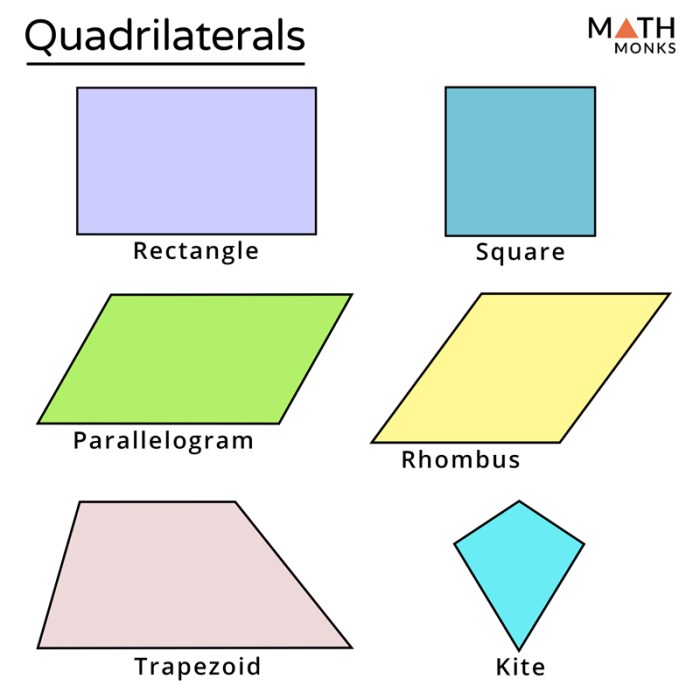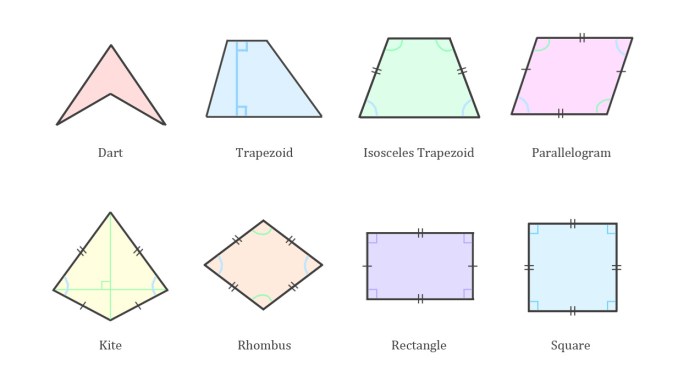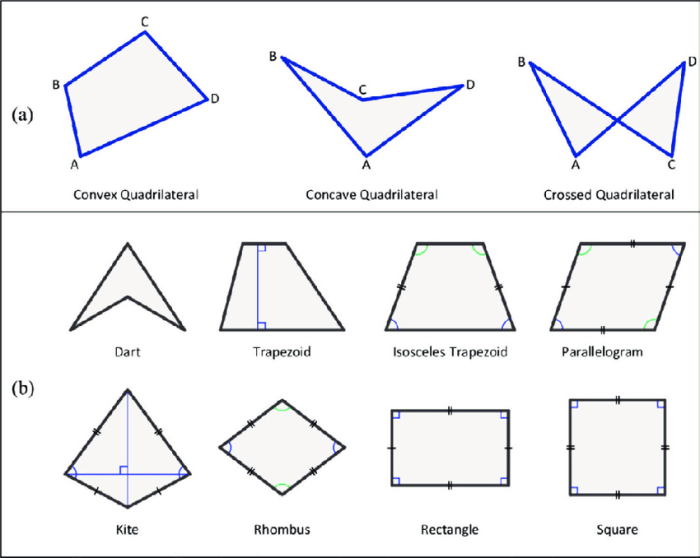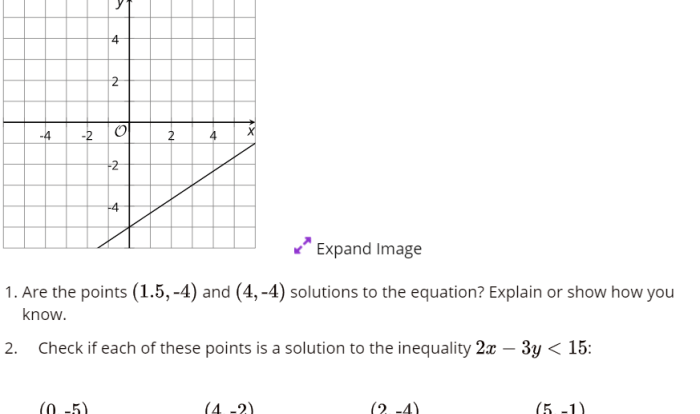Choose all answers that describe the polygon below: this introductory paragraph delves into the fascinating world of polygons, inviting readers to explore their captivating properties, diverse types, and practical applications. With each intriguing sentence, we unlock the secrets of these geometric wonders, promising an enlightening journey through the realm of polygons.
Delving into the intricacies of polygons, we uncover their defining characteristics, exploring the relationship between the number of sides and angles. We embark on a visual adventure, examining examples of polygons with distinct properties, showcasing the diverse spectrum of geometric possibilities.
Polygon Properties

A polygon is a two-dimensional closed figure with three or more straight sides and angles. Polygons are classified based on the number of sides they have. The most common polygons are triangles (3 sides), quadrilaterals (4 sides), pentagons (5 sides), hexagons (6 sides), and octagons (8 sides).
Polygons have several important properties, including:
- The sum of the interior angles of a polygon with nsides is ( n– 2) × 180 degrees.
- The sum of the exterior angles of a polygon with nsides is always 360 degrees.
- The area of a polygon can be calculated using a variety of formulas, depending on the shape of the polygon.
- The perimeter of a polygon is the sum of the lengths of all its sides.
Polygon Types
Polygons can be classified into several different types based on their shape. The most common types of polygons are:
- Convex polygonshave all interior angles less than 180 degrees. They are the most common type of polygon.
- Concave polygonshave at least one interior angle greater than 180 degrees. They are less common than convex polygons.
- Regular polygonshave all sides and angles equal. They are the most symmetrical type of polygon.
- Irregular polygonshave sides and angles that are not all equal. They are the least symmetrical type of polygon.
Polygon Angles and Sides: Choose All Answers That Describe The Polygon Below

The number of sides and angles in a polygon is related. The sum of the interior angles of a polygon with nsides is ( n– 2) × 180 degrees. This means that the more sides a polygon has, the greater the sum of its interior angles.
The following table shows the relationship between the number of sides and angles in a polygon:
| Number of Sides | Number of Angles | Sum of Interior Angles |
|---|---|---|
| 3 | 3 | 180 degrees |
| 4 | 4 | 360 degrees |
| 5 | 5 | 540 degrees |
| 6 | 6 | 720 degrees |
| 7 | 7 | 900 degrees |
Polygon Area and Perimeter

The area of a polygon is the amount of space it encloses. The perimeter of a polygon is the sum of the lengths of all its sides.
The area of a polygon can be calculated using a variety of formulas, depending on the shape of the polygon. The most common formulas for calculating the area of a polygon are:
- Triangle: A= (1/2) × b× h, where bis the length of the base and his the height.
- Quadrilateral: A= b× h, where bis the length of the base and his the height.
- Regular polygon: A= (1/2) × a× p, where ais the length of the apothem and pis the perimeter.
The perimeter of a polygon is simply the sum of the lengths of all its sides. For example, the perimeter of a rectangle is 2 l+ 2 w, where lis the length and wis the width.
Polygon Applications
Polygons are used in a variety of applications, including:
- Architecture:Polygons are used to create a variety of architectural structures, such as buildings, bridges, and domes.
- Engineering:Polygons are used to design and build a variety of structures, such as bridges, airplanes, and cars.
- Design:Polygons are used to create a variety of design elements, such as logos, patterns, and textures.
- Tessellations:Polygons can be used to create a variety of tessellations, which are patterns that can be repeated to cover a surface.
Detailed FAQs
What is a polygon?
A polygon is a closed two-dimensional figure with straight sides.
How many sides does a polygon have?
A polygon can have any number of sides, but it must have at least three.
What is the relationship between the number of sides and angles in a polygon?
The number of sides and angles in a polygon are always equal.

